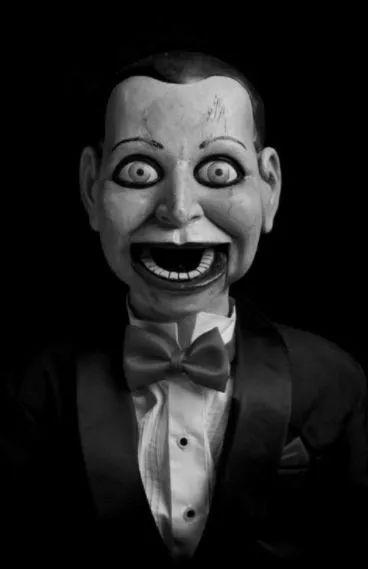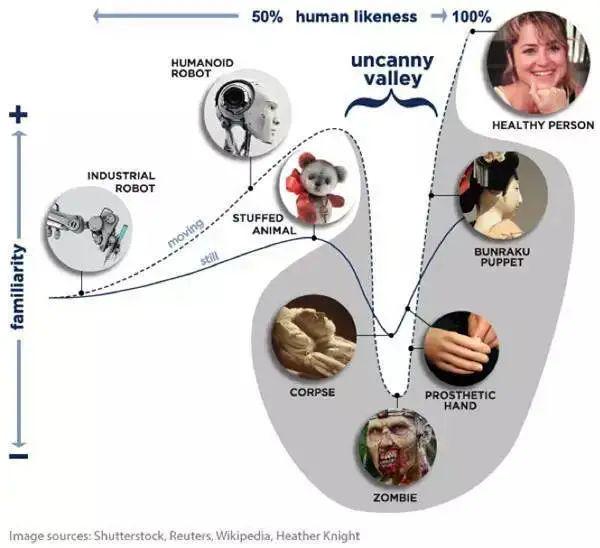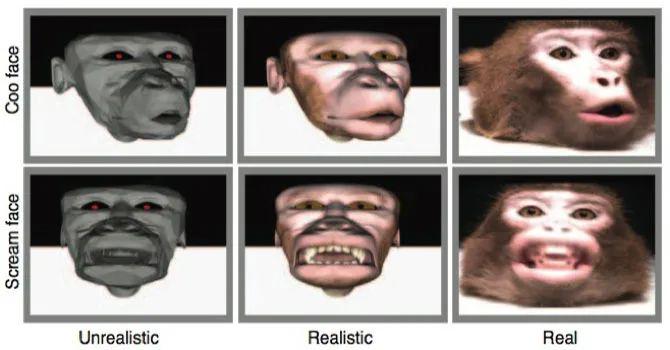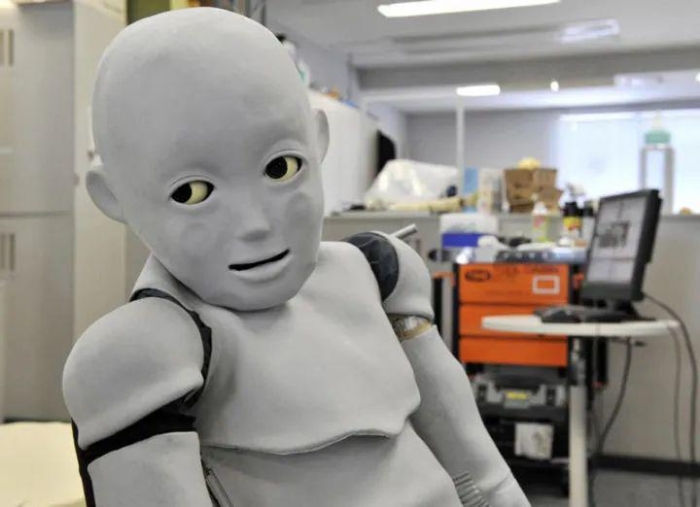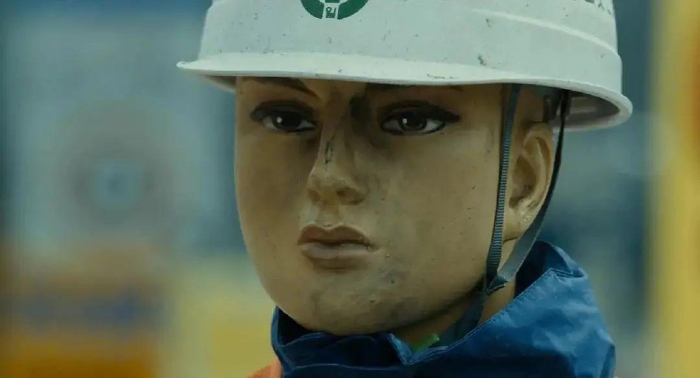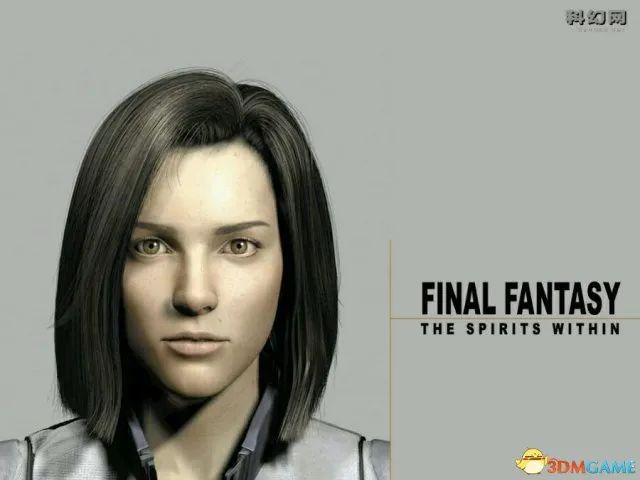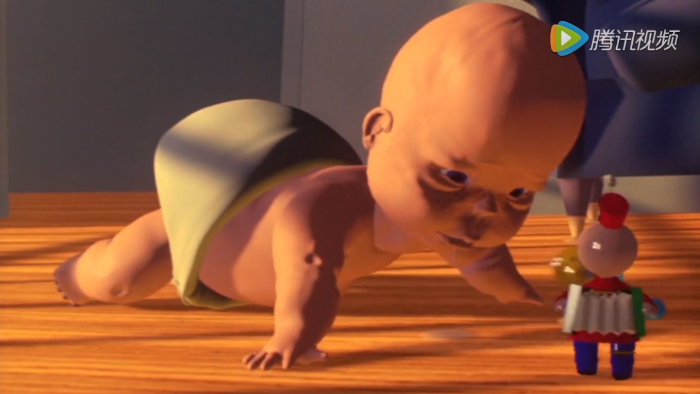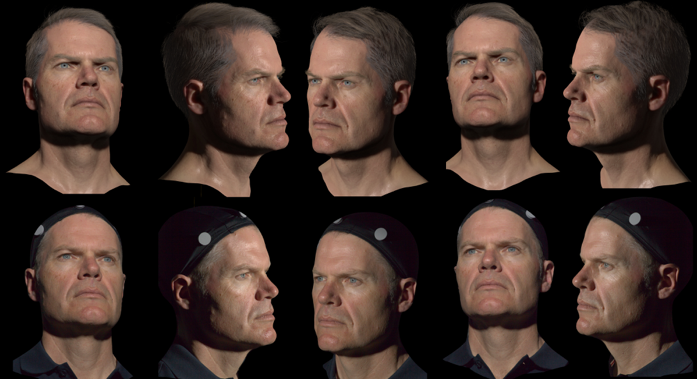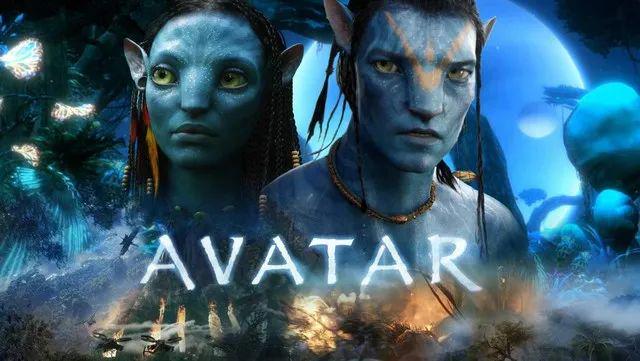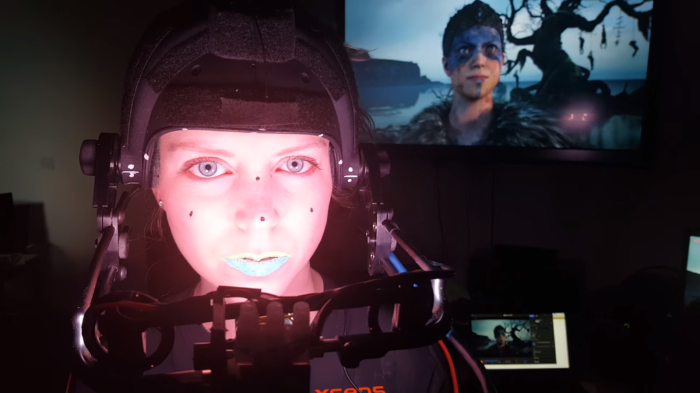Puppets and Dolls at Home Sometimes Make People Frightened Unexplainably!
The deep learning of artificial intelligence and the technical breakthrough of rendering engine make virtual characters get closer and closer to real mankind.
Lovely dolls, funny puppets and simulated cartoon characters... Do you get an uncomfortable feeling when you look at them?
Why are simulated robots sometimes creepy? Why do people get scared when seeing zombies?
Perhaps you have got it. This is the trick of “uncanny valley”. This theory has been proposed for years, but do you really understand it?
The ventriloquist puppet in the film Dead Silence. Image source: Pixabay
The Most Horrible Thing is Anthropomorphic but Unhuman
The concept“uncanny valley”was first proposed by Ernst Jentsch, a German psychologist in 1906. However, it didn't truly become an academic term until 1970, after Masahiro Mori, a Japanese roboticist, published an article titled The Uncanny Valley on the journal Energy.
In this article, Masahiro Mori posited that with the change of authenticity degree of simulators (e.g. robots and dolls), people's affinity for them would also change, and there was a certain rule, that is, the affinity increased as the simulation degree increased. However, when the simulation degree reached a high critical point, people's affinity would fall precipitously, and they experience negative psychology, such as repellence, fear and confusion.
To put it simply, when simulators are too close to mankind, we will get scared and terrified.
IN order to visualize his theory, Prof. Masahiro Mori drew a theoretical curve of“uncanny valley”. The concave section of the curve stood for the lowest level of favorability, and the whole curve resembled a valley, hence the name “uncanny valley”.
The theoretical curve of uncanny valley. Image source: Wikipedia
How did “Uncanny Valley” Come about?
“Uncanny valley”is a very funny psychological phenomenon, and its reactions are so special that it is disparate from fears in general (e.g. the fear when you see a snake or your life is in danger). In“uncanny valley”, the “horror”we feel is more of subtle psychological discomfort. It can send a chill down our spine, make us scared and get us goose bumps.
So how did this inexplicable feeling come into being?
There are currently two main viewpoints on the origin of the“uncanny valley”effect. One is the theory of evolution, which holds that this phenomenon originated from the physiological defense mechanism gradually formed by human beings during their long existence. The other is the theory of cognition, which holds that“uncanny valley”came into being because of the imbalance of human cognitive pattern.
An uncanny valley experiment on macaques (the images in the middle are realistic 3D macaques). Image source: Proceedings of the National Academy of Sciences of the United States of America
In order to demonstrate that the uncanny valley effect is an evolutionary mechanism, scientists at Princeton University in the U.S. did the following experiment on long-tailed macaques: three images were shown to the macaques, one was a realistic 3D macaque image, one was an unrealistic 3D macaque image, and one was a real macaque image.
After that, the frequency and duration the macaques watched the images were recorded. Based on their observations, the researchers found that the macaques spent the least time watching unrealistic 3D macaque images, and showed disgust and rejection.
It can thus be seen that similar to humans, monkeys also have an“uncanny valley”effect, and humans are not alone on this issue.
Another idea is that“uncanny valley”has something to do with the cognitive system of human beings.
“Cognitive dissonance”was presented by Leon Festinger in his book Cognitive Dissonance in 1957. One of the viewpoints is that when a person’s cognitive components, such as attitude and behavior, are self-contradictory, and an opposite cognition is inferred from another cognition, then discomfort and unpleasant feelings will show up.
People tend to experience things around them based on experience. When the two are far apart, the brain will develop“cognitive uncertainty”, making people feel anxious and uneasy.
For instance, when a robot looks mostly like a robot, we tend to recognize it as a“robot”, and pay special attention to the part that resembles“human” and develop a sense of closeness.
However, when a robot is highly humanoid, we tend to categorize it as “human”and pay special attention to its“unhuman”part. Meanwhile, people will experience“cognitive uncertainty”for it is too humanoid, thus producing physiological aversion and disgust.
For these two hypotheses, there are corresponding theories and support in the scientific community. The uncanny valley effect is probably the outcome of joint action of these two factors.
The Uncanny Valley in Life
In our life, “uncanny valley”is the most visible in the field of science and technology, and the development of humanoid robots has drawn people's attention to“uncanny valley”.
Humanoid child-robot CB2. Image source: Tencent Technology Network
In the field of film and TV, the“uncanny valley”is not only a booster of films, but also a hindrance to them.
In many horror films, “puppet”has its own unique form. Audiences who have watched Train to Busan will never forget the conductor puppet at the beginning of the film. It has a human look, but a dull expression and gives people a strange, solemn, and eerily uncomfortable feeling.
The conductor puppet. Image source: Train to Busan
Directors of horror films often use an“anthropomorphic but unhuman” image to create a sense of horror. In The Conjuring, the doll Annabel is creepy, and the puppet in Dead Silence also looks scary.
Annabel. Image source: The Conjuring
The“uncanny valley”effect is probably a great helper for horror films, but in other cartoons and films, it becomes a mountain that technicians cannot climb over.
With the development of CGI (computer-generated imagery) technology, there are more and more 3D simulation animations, but they can easily fall into the mire of“uncanny valley”.
Aki in Final Fantasy, the baby villain in Tin Toy and the queen in Beowulf all inspire fear because of the “uncanny valley” effect.
Aki in Final Fantasy. Image source: khhbw
The baby villain in Tin Toy. See the watermark for image source.
Technology Helps Break the “Uncanny Valley”
With the progress of science and technology, virtual character production technology has grown rapidly. Whether in games or films, we can see lifelike virtual characters, and it is difficult to tell the real from the fake at first glance.
High-quality rendering of characters (top row) and real photos (bottom row). Image source: 36K
In recent years, AI (artificial intelligence) and CGI technologies have developed rapidly, and high-quality films such as Avatar and Lord of the Rings, emerge in an endless stream and bring people one visual feast after another.
Avatar poster. Image source Avatar
The creation of virtual characters involves many technologies. For example, Photogrammetry scanning technology can photograph objects and human bodies to be modeled from multiple angles and realize high-quality scanning and modeling.
While Cubic Motion technology is employed to capture and calculate data about facial expression, and the subtle expressions of actors can be restored to virtual characters in real time, with the help of a solver based on AI deep learning.
Facial expressions restored by Cubic Motion technology. Image source: 36K
At Siggraph 2017, a top conference on computer graphics held at the end of July 2017, many leading companies in the industry across four continents showed the latest advances in the rendering of virtual characters in real-time game engines. This conference was not merely a breakthrough of the original program, but also an exploration into infinite development in the future.
The deep learning of artificial intelligence and the technical breakthrough of rendering engine make virtual characters get closer and closer to real mankind. Despite some defects at present, we can see that the progress of science and technology is making related fields gradually cross the “uncanny valley”, and artificial intelligence is providing a new direction and hope for future development.
References:
[1] Johnston Jennifer Laura, Kearney Grainne P, Gormley Gerard J, et al. Into the uncanny valley: Simulation versus simulacrum? 2020.
[2] Liu Shuliang. What is the “uncanny valley theory” [N]. Newspaper of Literature and Art, 2019-03-22(008).
[3] Wen Xin. Artificial intelligence is eliminating “uncanny valley” [J]. World Science, 2018(02):7-8.
[4] Fan Xiuyun. Uncanny valley theory and realistic characters in animated films [J]. Contemporary Cinema, 2014(06): 193-196.

